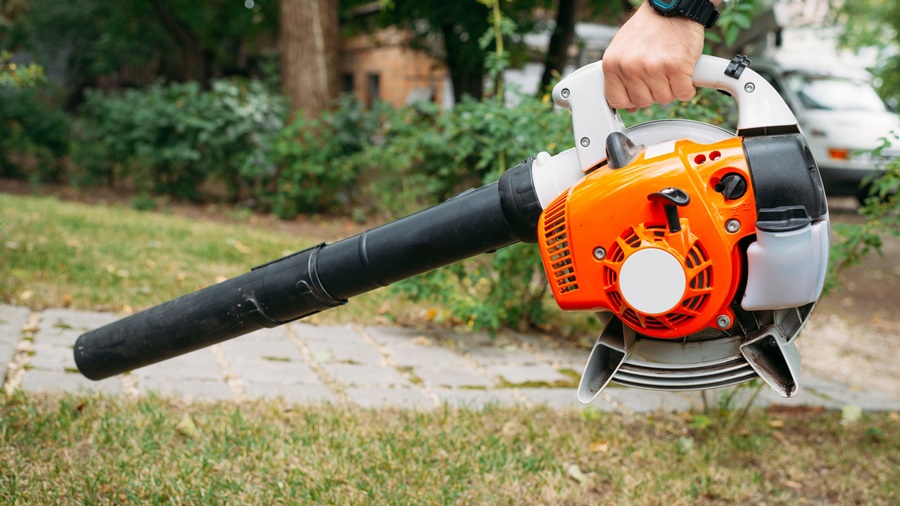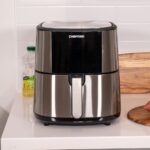Maintaining a pristine yard requires the right tools, and among the most debated choices are leaf blowers and lawn vacuums. Both tools promise efficient yard cleanup, but understanding their capabilities, advantages, and limitations can significantly improve your landscaping efforts. In this comprehensive guide, we delve deeply into the leaf blower vs lawn vacuum debate to help you decide which device best suits your needs.
Understanding the Basics: What is a Leaf Blower?
A leaf blower is a powerful tool designed primarily to blow leaves and debris away from lawns, driveways, patios, and sidewalks. Leaf blowers use a strong air stream generated by an electric motor or gas engine to push unwanted yard waste into piles for easier collection.
- Types of leaf blowers: Handheld, backpack, and walk-behind models.
- Power sources: Gas-powered (usually more powerful), corded electric (consistent power), and battery-operated (lightweight and portable).
- Ideal uses: Clearing loose leaves, grass clippings, light debris, and dust from hard and soft surfaces.
What is a Lawn Vacuum?
A lawn vacuum is a specialized tool designed to suck up leaves, grass clippings, small twigs, and other yard debris directly into a collection bag or container. Many lawn vacuums come with a mulching feature that finely chops the collected debris, reducing the volume and making disposal easier.
- Types of lawn vacuums: Handheld models and larger walk-behind vacuums.
- Power sources: Mostly gas-powered or electric models.
- Ideal uses: Collecting large volumes of leaves and debris, mulching yard waste, and reducing clean-up time.
Power and Performance Comparison
Leaf Blower Performance
Leaf blowers excel in fast clearing of loose debris from large areas. Their air velocity can reach speeds of 150 to 250 mph, depending on the model, making them highly effective at moving dry leaves and light materials into manageable piles quickly.
- Pros: Rapid clearing, lightweight options available, can reach tight corners.
- Cons: Leaves are not collected, requiring manual pickup or raking afterward; less effective on wet or heavy debris.
Lawn Vacuum Performance
Lawn vacuums focus on collection rather than displacement. They vacuum debris directly from the ground, reducing the need for raking or hand-picking leaves afterward. Many units shred or mulch the leaves, cutting the volume by up to 80%.
- Pros: Efficient debris collection and disposal, mulching reduces waste volume, excellent for wet or heavy debris.
- Cons: Heavier and bulkier, generally slower operation, higher upfront cost.
Durability and Maintenance
Both tools require regular maintenance to ensure longevity.
- Leaf blowers typically need air filter cleaning, spark plug replacement (gas models), and occasional lubrication. Battery-powered models require battery maintenance and charging.
- Lawn vacuums require maintenance of suction fans, emptying collection bags, and blade sharpening or replacement for mulching models.
The complexity of lawn vacuums means they may demand more frequent upkeep, but their efficiency can justify this for users with large or debris-heavy properties.
Noise Levels and Environmental Impact
Noise Comparison
Noise pollution is a significant factor when choosing yard tools:
- Gas-powered leaf blowers can reach noise levels of 90+ decibels, often disturbing neighbors.
- Battery-powered leaf blowers operate quieter, around 60-70 decibels.
- Lawn vacuums, especially gas-powered, also produce loud noise, but electric models are quieter.
Environmental Considerations
- Gas-powered models contribute to air pollution and emit greenhouse gases.
- Electric and battery models are more eco-friendly but may have limited run time and power.
- Lawn vacuums’ mulching feature supports composting by reducing waste volume.
Choosing between these tools can also hinge on your commitment to eco-friendly practices and local noise ordinances.
Cost Analysis: Initial Investment and Long-Term Value
- Leaf blowers range from $50 for basic electric models to $300+ for professional-grade gas-powered units.
- Lawn vacuums are more expensive, typically starting at $200 and can exceed $600 for high-end models with advanced mulching features.
However, the lawn vacuum’s ability to reduce cleanup time and waste volume can provide savings on disposal costs and labor over time. Leaf blowers, while cheaper, often require a second step of manual cleanup, increasing overall effort.
Ease of Use and User Comfort
- Leaf blowers are generally lighter, especially battery-powered handheld models, offering better maneuverability and reduced fatigue.
- Lawn vacuums are bulkier, heavier, and may require more physical effort to operate, especially in uneven terrain.
For elderly users or those with limited mobility, a leaf blower might be more manageable, whereas lawn vacuums cater better to users with larger yards or heavy debris accumulation.
When to Choose a Leaf Blower
- You have a medium to large yard with mostly dry leaves and light debris.
- Speed and convenience are priorities.
- You prefer a lightweight, easy-to-use tool.
- Budget constraints limit upfront spending.
- You plan to manually rake or sweep after blowing leaves into piles.
When to Choose a Lawn Vacuum
- You deal with large volumes of leaves, wet debris, or twigs.
- You want to eliminate the need for raking after blowing.
- Mulching and reducing yard waste volume is important.
- You have a larger budget and seek efficiency in cleanup.
- Composting your yard waste is a priority.
Conclusion
In the leaf blower vs lawn vacuum debate, the best choice depends on your yard size, debris type, budget, and personal preferences. Leaf blowers are ideal for fast, light cleanups and are easier to handle. Lawn vacuums excel in thorough collection and mulching, making them suitable for heavy-duty yard maintenance.








Leave a Reply